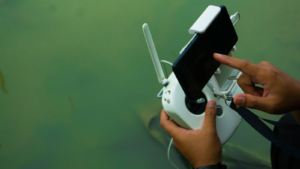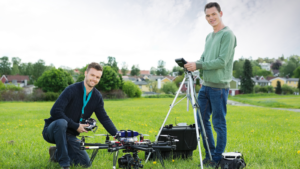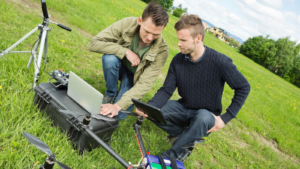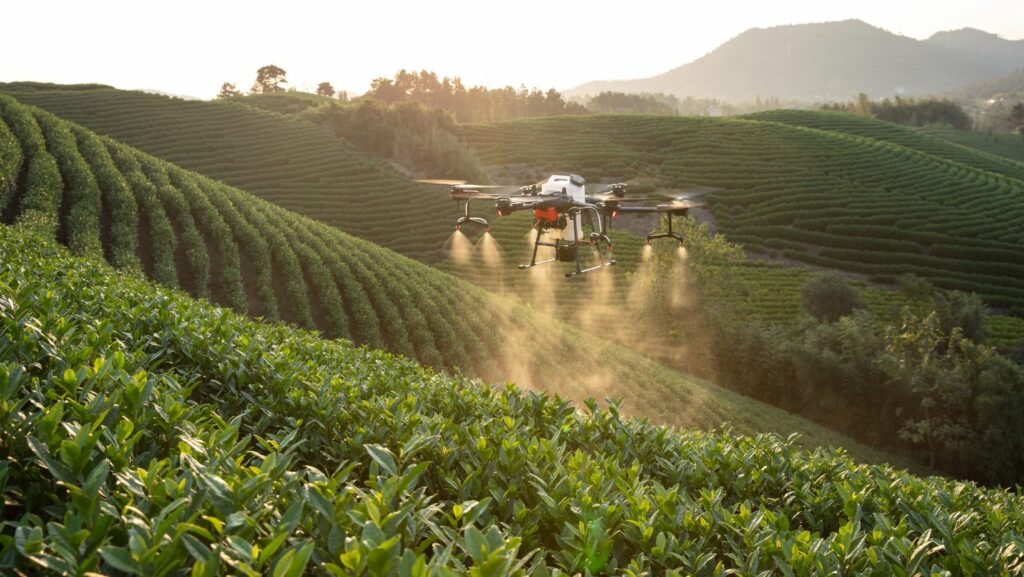Unmanned Aerial Vehicles (UAVs) are transforming the way we perceive and interact with the world. But what is UAV technology, and why has it become so influential in recent years?
What is UAV Technology
 UAV technology marries cutting-edge advancements in engineering, computer science, and aeronautics to create devices that can fly without a human pilot on board. From agriculture to cinematography, these high-tech marvels are revolutionizing numerous industries.
UAV technology marries cutting-edge advancements in engineering, computer science, and aeronautics to create devices that can fly without a human pilot on board. From agriculture to cinematography, these high-tech marvels are revolutionizing numerous industries.
Unmanned Aerial Vehicles (UAVs) found their beginnings in the early 20th century during World War I. They served as aerial targets for training purposes. Over time, the military usage expanded, touching surveillance missions during the Vietnam War. In the late 1980s, Israel became a prominent leader, pioneering the UAVs’ adaptation for real-time surveillance. Fast forward to the 21st century, civilian applications, including photography and agriculture, have amplified the growth and adoption of UAV technology around the world.
Technological Components of UAVs
At the core of a UAV, three critical technologies interact, namely, aerodynamics, computer algorithms, and sensor systems. Aerodynamics offer UAVs the necessary lift and thrust for flight. Computer algorithms allow in-flight control and navigation, while sensor systems provide real-time data. These sensors, such as cameras and GPS, permit UAVs to interact dynamically with their environment. An understanding of UAV technology, therefore, requires a grasp of these interrelated components and their roles in facilitating UAV operation.
Challenges and Risks of UAV Technology
Despite their countless benefits, UAVs pose unique challenges and risks, notably in safety and privacy.
Safety and Privacy Concerns/ Mitigations and Solutions
 UAVs, with their real-time monitoring, can inadvertently infringe on personal privacy, raising ethical questions. Risk of collision, caused by equipment malfunction or human error, threats human safety. Besides, as UAVs capture and transmit data, there’s a rising risk of cyber-attacks, potentially exposing classified information.
UAVs, with their real-time monitoring, can inadvertently infringe on personal privacy, raising ethical questions. Risk of collision, caused by equipment malfunction or human error, threats human safety. Besides, as UAVs capture and transmit data, there’s a rising risk of cyber-attacks, potentially exposing classified information.
Consequently, comprehensive regulations are being established to maintain privacy and ensure safety. Geo-fencing restricts UAVs’ operations to predefined geographic locations, preventing them from entering sensitive zones. Similarly, new encryption methods are being adopted to secure the data captured by UAVs, mitigating the risk of cyber threats.
Legal and Regulatory Framework around UAV Technology
In navigating the world of Unmanned Aerial Vehicles (UAVs), it’s imperative to understand the legal frameworks that govern their use.
Worldwide UAV Regulatory Landscape
Regulations for UAVs differ across geographical boundaries. For instance, within the U.S., the Federal Aviation Administration (FAA) mandates that all UAVs over 0.55 pounds carry registration marks. In Europe, the European Union Aviation Safety Agency (EASA) governs UAV guidelines, differentiating them based on risk categories. Australia’s Civil Aviation Safety Authority (CASA) has policies that require UAV operators to acquire necessary permits for commercial uses. These divergent rules underline the need for harmonized global UAV regulatory standards.
Important Developments and the Future of UAV Technology
 In step with tech advances, UAVs continue advancing at a rapid pace. One important development, autonomous flight, harnesses AI technology, enabling UAVs to analyze their environment independently and take necessary actions.
In step with tech advances, UAVs continue advancing at a rapid pace. One important development, autonomous flight, harnesses AI technology, enabling UAVs to analyze their environment independently and take necessary actions.
Distributed intelligence also forms a critical part of the UAV’s future. In this model, a swarm of UAVs share tasks and communicate with each other to increase efficiency. For example, swarms of agricultural UAVs can monitor vast fields in tandem.
With such advancements, UAVs project significant versatility and potential. Future UAVs promise enhanced performance, efficiency, and application scope, while ongoing regulatory endeavors aim to create a safer UAV operating climate. The journey of UAV technology continues, and its effects ripple across industries and societies. Popularity and prevalence grow with each advance and adjustment, driving an exciting future for this transformative technology.
Changing the World, One Industry at a Time
What is UAV Technology? It is a technology whose transformative impact is undeniable. It’s revolutionizing industries, enhancing operations, and changing our interaction with the world. From agriculture to cinematography, the applications are diverse and growing. Despite the advantages, challenges exist. Safety, privacy, and cyber threats are real concerns, and the regulatory landscape is complex. Yet, the industry is responding with solutions like geo-fencing and encryption to secure data. As we embrace these advancements, it’s critical to continue addressing safety and privacy concerns, adapting regulations as needed. With responsible management, UAV technology promises a future of remarkable breakthroughs.



